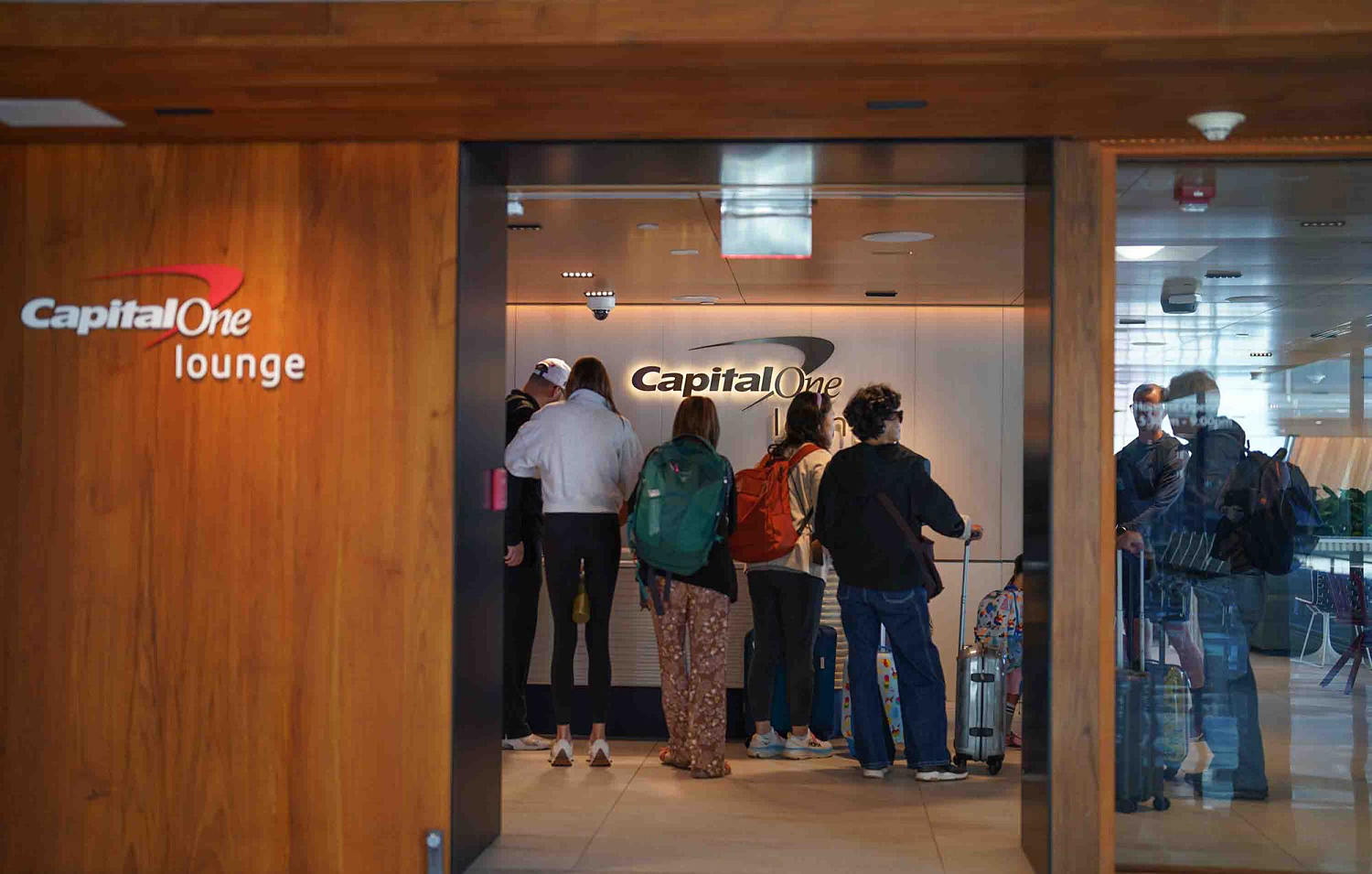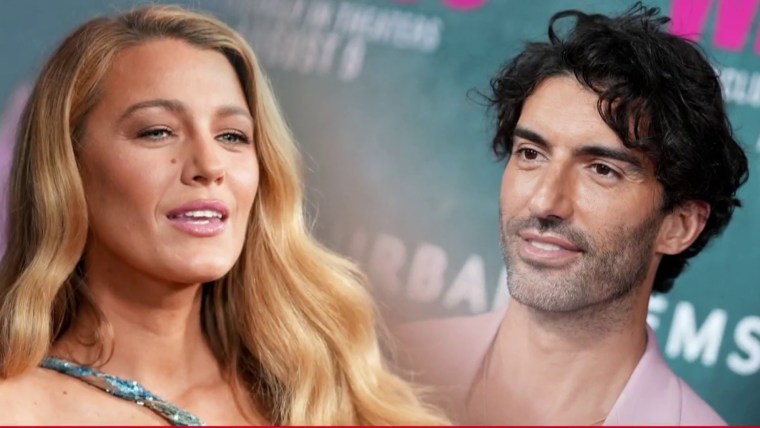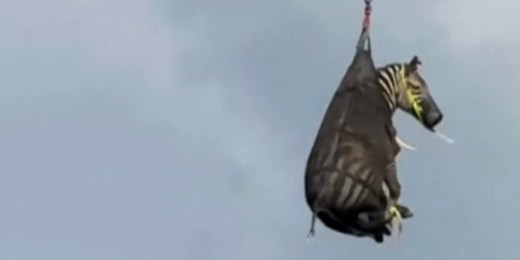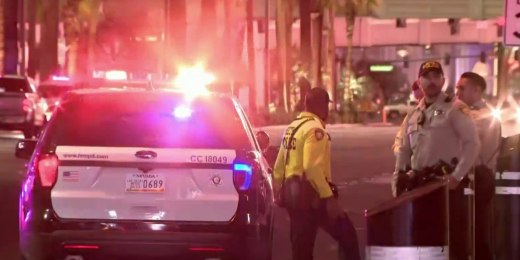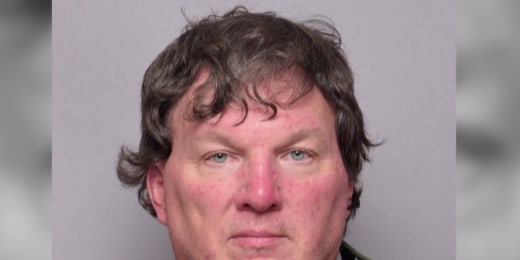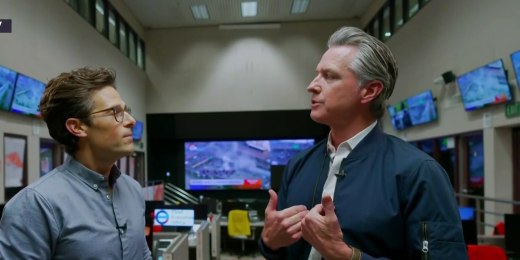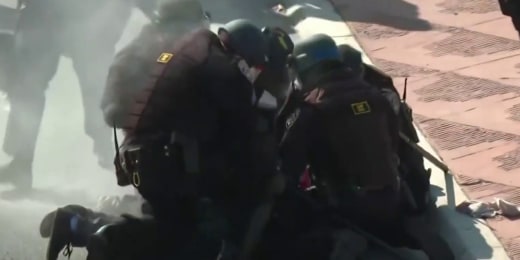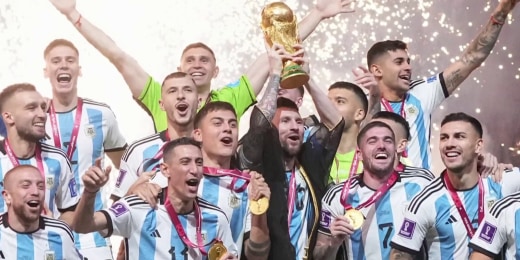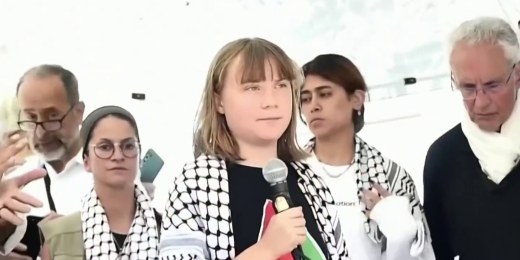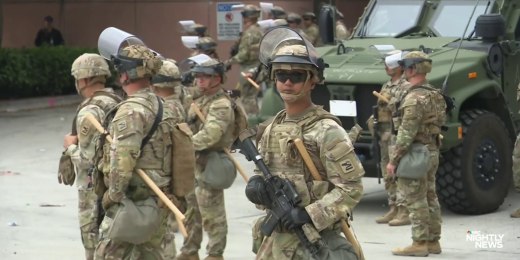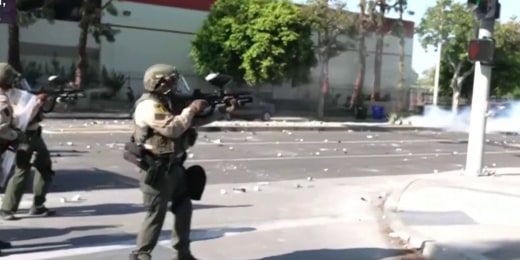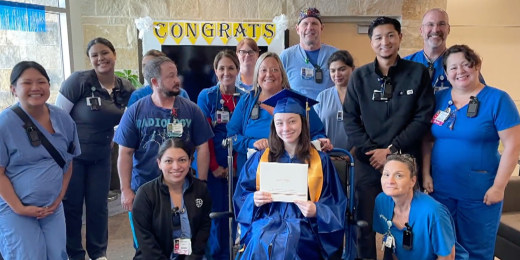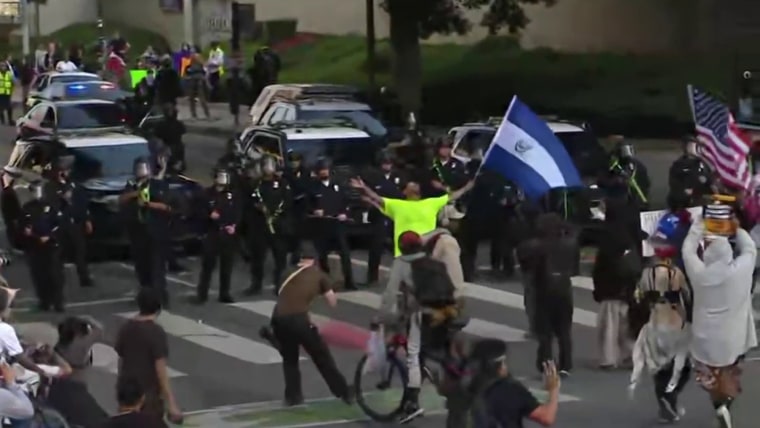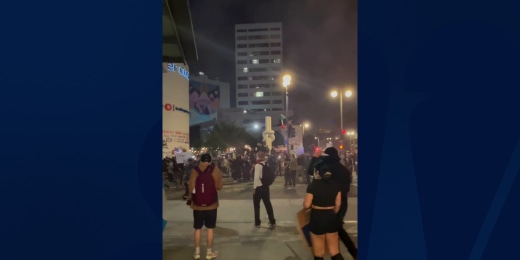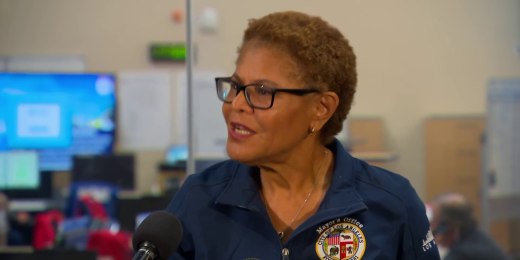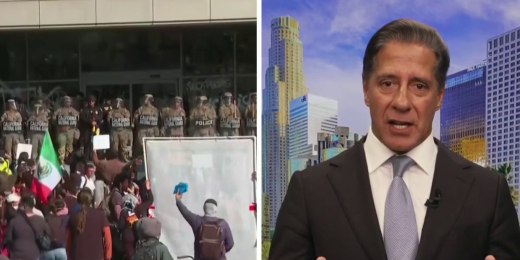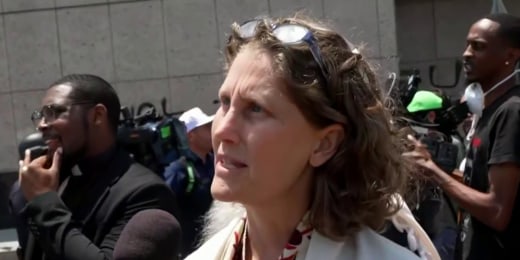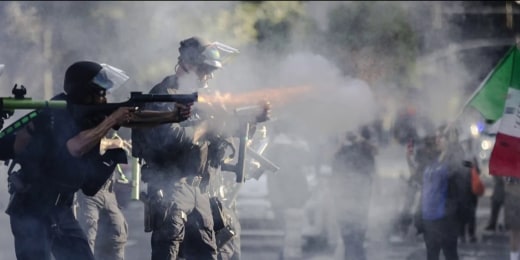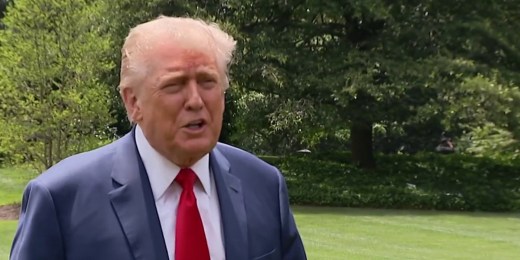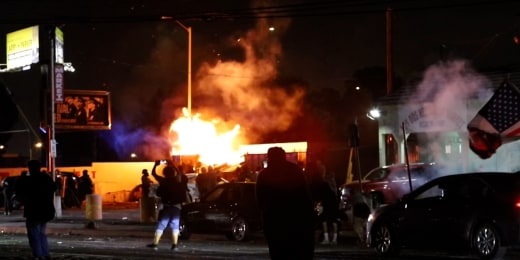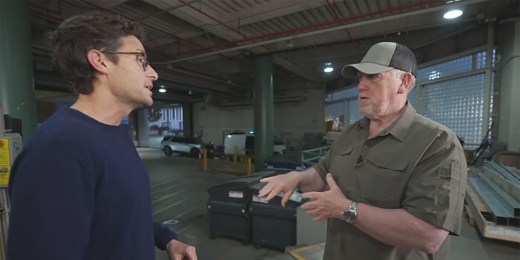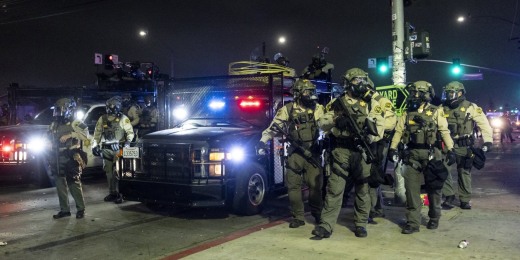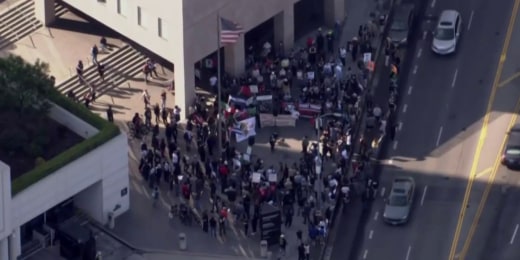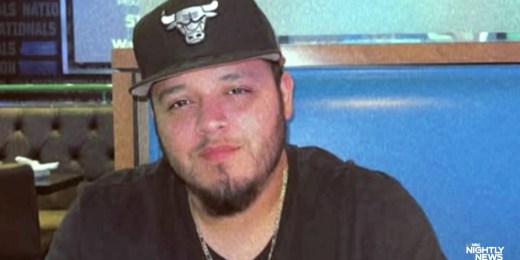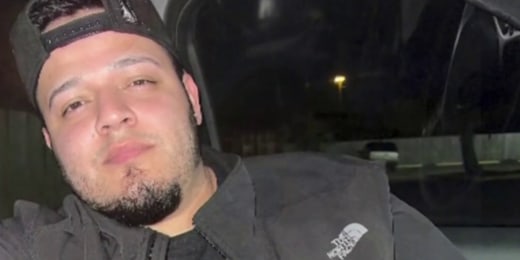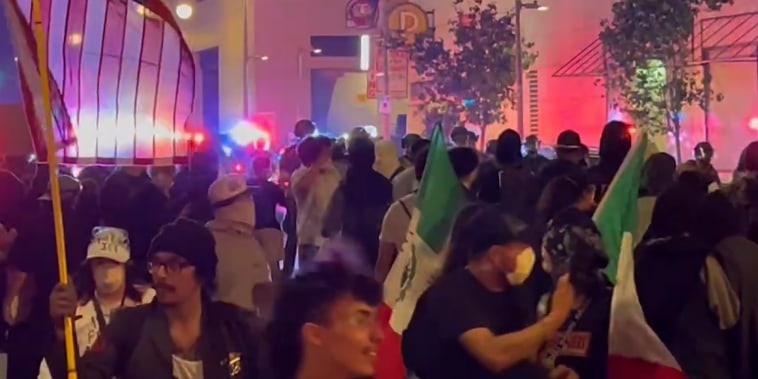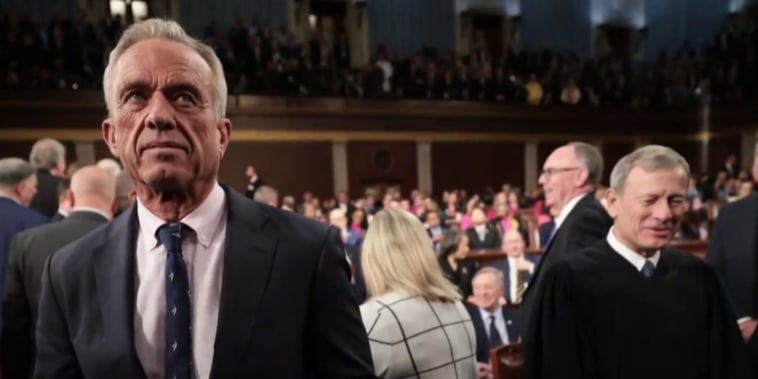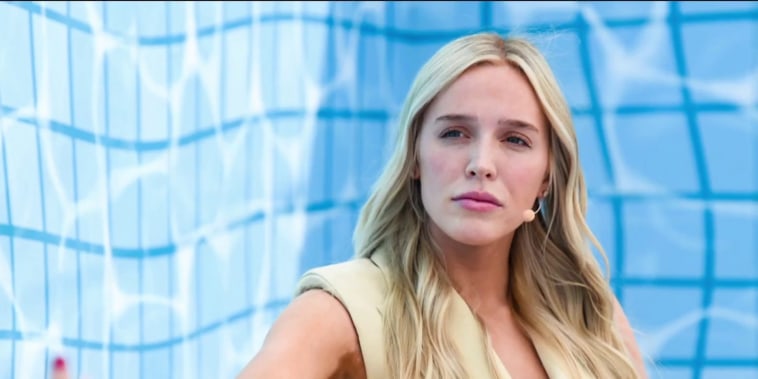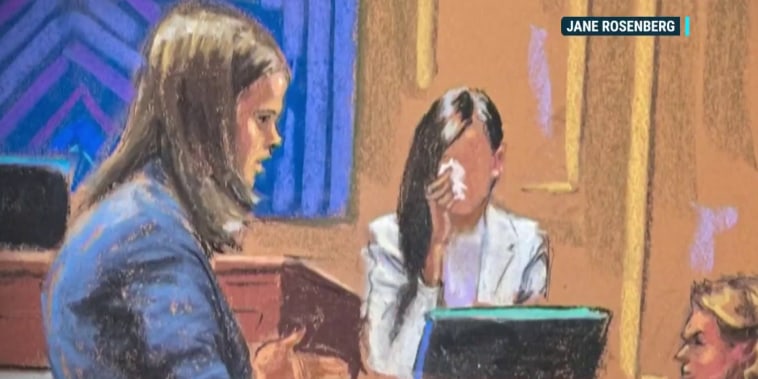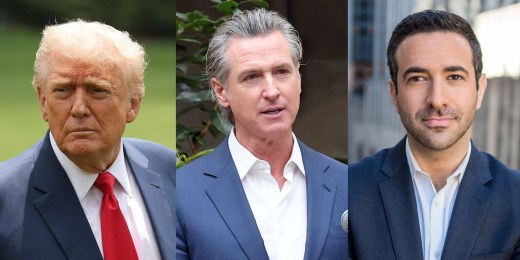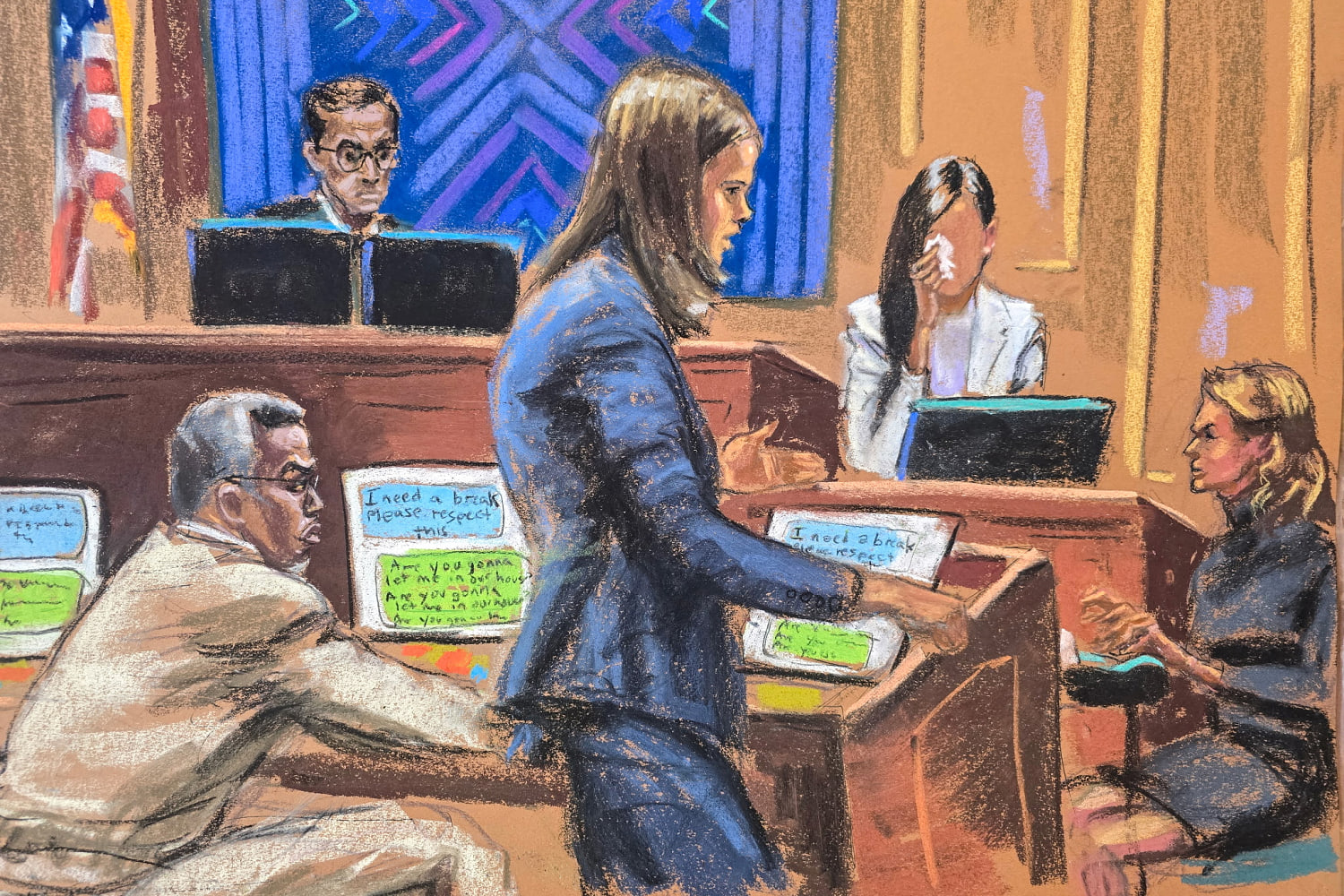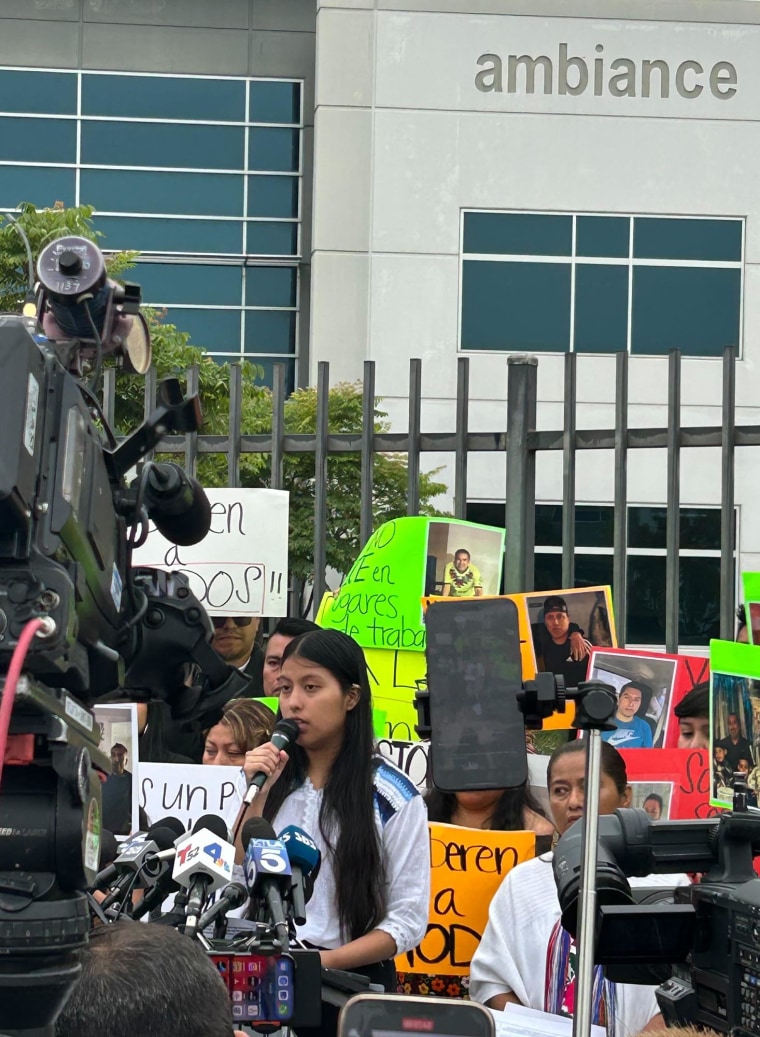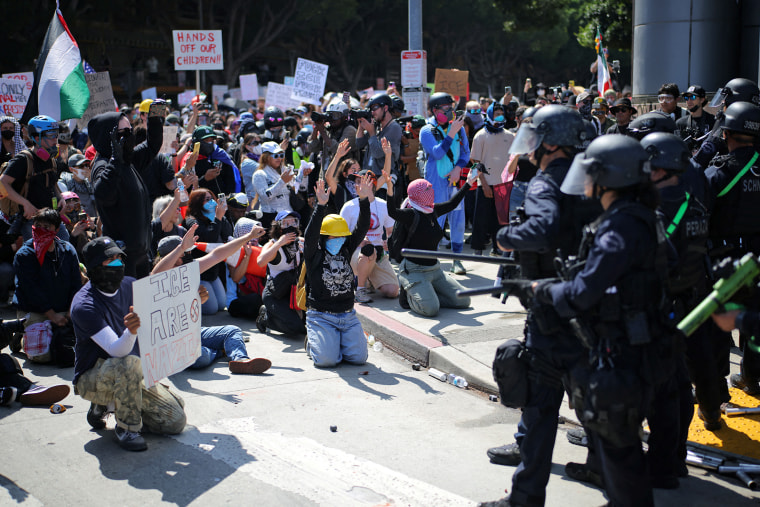Rep. Mikie Sherrill heads into Tuesday’s primary as the favorite to win the Democratic nomination for governor of New Jersey. She has blanketed the pricey New York and Philadelphia metro airwaves with television ads, she enjoys the backing of much of the party’s establishment, and she had opened double-digit leads in two polls that were released several weeks ago.
There is uncertainty, though. Credible public polling has, overall, been limited and infrequent. And court-imposed changes to the layout of the primary ballot could dramatically dilute the power of the endorsements Sherrill has received from key county Democratic organizations.
Sherrill’s opponents have each made inroads. But, at least so far, that seems to have had the effect of keeping them in one another’s way, preventing one from emerging as the clear alternative to Sherrill. Consider the state’s political geography.
You can draw a line south of Mercer and Monmouth counties, roughly where Route 195 would be on a map. Below that is South Jersey. Democratic politics here are dominated by an old-fashioned political machine that is backing the lone South Jersey candidate in the field: former state Sen. Steve Sweeney.
The trouble for Sweeney is that only about 30% of all primary votes will come from tis region. And because South Jersey is part of the Philadelphia media market, he’s not well-known in the rest of the state, which is served heavily by the New York market.
And to the extent he is known, Sweeney’s connection to the South Jersey machine is a liability. According to a May Insider NJ poll, conducted by StimSight Research, more Democratic voters said the term “typical machine politician” applies to him than any other candidate. No wonder he has lagged far behind in polling.
Then there’s vote-rich North Jersey, where the other candidates can all claim some advantage. Newark Mayor Ras Baraka is likely to win his city — the state’s largest — overwhelmingly. Newark is also the seat of Essex County, which has more registered Democrats than any other county. More than 40% of Essex’s population is Black, which should further boost Baraka, the lone Black candidate in the race. Nearby Union County, which has the second-highest share of Black residents, could offer another trove of votes.
Baraka has also made a wider play for the party’s progressive base. He has run hard to the left, and he burnished his anti-Trump credentials when he was arrested at an Immigration and Customs Enforcement facility last month. Coupled with deep Black support, that could be the makings of a potent coalition in a statewide primary.
But Baraka has encountered traffic in the progressive lane thanks to the presence of Jersey City Mayor Steve Fulop, who is also embracing left-wing themes and has framed his candidacy as a war on the Democratic establishment. Insider NJ’s poll asked Democrats whether any of the candidates stood out to them as being “a true progressive.” Baraka and Fulop were cited more than anyone else — by far. In other words, they are each garnering support the other could badly use.
Another candidate, Rep. Josh Gottheimer, has pitched his message more toward the middle, promising tax cuts and emphasizing cost-of-living issues. Gottheimer won his House seat by flipping what had been a reliably Republican district, and he has amassed an enviable campaign bankroll. He figures to perform strongly in suburban Bergen County, his political base, and he has been endorsed by Bergen’s official Democratic organization.
But when he entered the race, Gottheimer was counting on his perceived electability to gain the support of multiple major county organizations in North Jersey — not just his home county. Those organizations retain the feeling of old political machines, with their own formidable turnout operations and the ability to spend on their preferred candidates’ behalf. Last year, Gottheimer seemed to notch a big one, when leaders from Hudson County (which includes Fulop’s Jersey City) gave him their support. It was, he hoped, the first of many big dominoes to fall. But that deal crumbled apart over the winter, and the Hudson organization instead endorsed Sherrill.
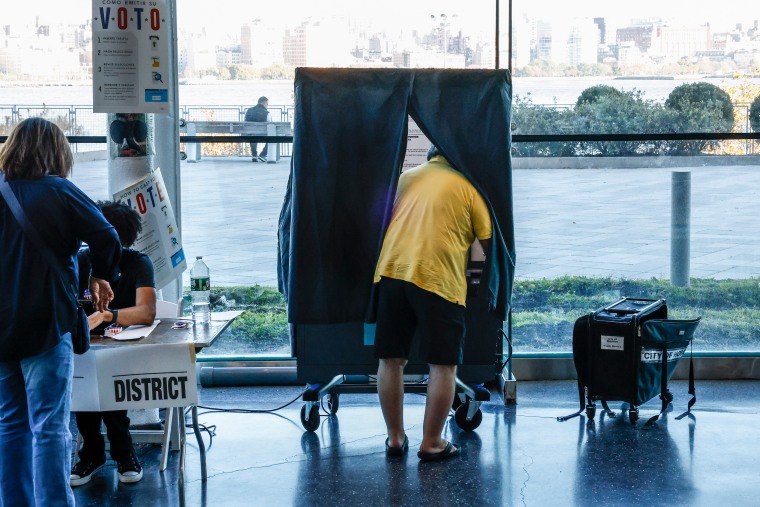
And Gottheimer kept missing out, too. Besides Bergen’s, his only other party endorsement comes from tiny rural Warren County in the northwest corner of the state.
Instead, it was Sherrill and her perceived electability that those county machines decided to go in with. Like Gottheimer, she also flipped a longtime GOP seat en route to Congress and has been a potent fundraiser. Her background as a Navy fighter pilot has also been a key selling point. Outside of Bergen’s, Sherrill has won the endorsement of every major county machine in North Jersey — which as a region will produce about 70% of all votes in the primary.
The near-unanimous show of establishment support has created a sense of momentum around Sherrill’s campaign and sent a signal to donors and other influencers to get on board. And that’s on top of the practical get-out-the-vote advantage it provides her.
That having been said, there’s a major ingredient missing this year: “the line.” In the past, county parties would have been able to provide Sherrill with a highly preferential spot on primary ballots. But a court ruling undid that power last year. To what extent that dulls the power of the machines in primary elections is something everyone will be watching for in Tuesday’s results.
Still, Sherrill has managed to avoid the downsides of being associated with establishment politics. Only 20% of Democrats say the term “typical machine politician” fits her — half the percentage who said the same about Sweeney in the same Insider NJ poll. That poll also found that an outright majority of Democrats said she could win the November election, far more than anyone else.
Each major candidate will have pockets of deep support Tuesday. In polls and endorsements, though, Sherrill has shown the potential to perform well across the board, even in counties where she isn’t the top vote-getter. If she can realize that potential Tuesday, victory will be hers.
But it has to be said that we are flying blind here. If the dynamics of the race have shifted in the last few weeks, there has been almost no public polling that would catch it. And the demise of “the line” has pushed the primary further into uncharted territory. The history of New Jersey Democratic primaries says Sherrill should win — but is history still worth anything in 2025?


